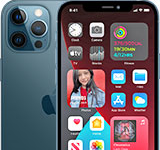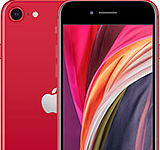Updated on November 30, 2023
KEY TAKEAWAYS
- iOS 17.2 Introduces Contact Key Verification (CKV): The update includes CKV, an opt-in setting for iMessage designed to enhance messaging security by alerting users to unverified devices attempting to access their accounts.
- Gatekeeper Functionality of CKV: CKV acts as a gatekeeper by providing automatic alerts for unverified devices, with each linked device having a unique public verification key. This extra layer of protection is particularly beneficial for individuals at higher risk of targeting, such as politicians, journalists, or human rights activists.
- Activation Steps for CKV in iOS 17.2:
- Update to iOS 17.2.
- Access Apple ID Settings and locate Contact Key Verification.
- Toggle on ‘Verification in iMessage’ and follow the on-screen instructions.
- Resolve issues with other devices by updating them or temporarily disabling iMessage.
- View and copy the unique public verification code to share with contacts.
- CKV as a Universal Security Feature: While not indispensable for the average user, CKV is a proactive security feature available to anyone looking to strengthen their messaging security in the face of potential intruders.
- Empowering Users to Secure Private Conversations: The step-by-step guide empowers users to take control of their iMessage security, ensuring private conversations remain confidential in the evolving landscape of digital communication.
In a digital age where privacy is paramount, Apple continues to prioritize security with the release of iOS 17.2. One notable addition is Contact Key Verification (CKV) for iMessage—a feature designed to bolster your messaging security.
This how-to guide will walk you through the steps to activate this powerful tool, ensuring your private conversations stay just that—private.
Contact Key Verification (CKV): A Comprehensive Overview
Contact Key Verification (CKV) stands out as a notable addition to iMessage in the iOS 17.2 update. It is an opt-in setting that introduces an additional layer of security for users, primarily focused on alerting individuals about unverified devices attempting to access their iMessage accounts.
The core functionality of CKV is akin to that of a gatekeeper, providing automatic notifications in the event of an unrecognized device trying to gain entry to your iMessage account.
Each device linked to your iMessage account is assigned a unique public verification key. This key serves a crucial role in the security system by allowing users to swiftly detect any unauthorized attempts to access their accounts.
This feature is particularly beneficial for those who may be at a higher risk of being targeted, such as politicians, journalists, or human rights activists. Apple’s commitment to proactive security is evident in making CKV available to anyone seeking to reinforce the security of their messaging.
Key Features and Highlights
| Opt-In Setting▾ |
| • CKV is not enabled by default, ensuring users have the choice to activate this feature based on their security preferences. |
| Automatic Alerts▾ |
| • Users receive automatic notifications when an unverified device attempts to access their iMessage account, enhancing real-time threat detection. |
| Individual Device Verification▾ |
| • Each device linked to the iMessage account is equipped with a unique public verification key, contributing to a personalized and secure verification system. |
| Targeted Protection▾ |
| • While the average user may not consider CKV indispensable, it serves as a crucial tool for targeted protection, catering to the specific needs of individuals facing potential threats or intrusion. |
| Universal Availability▾ |
| • Apple's proactive security approach ensures that CKV is universally available, allowing anyone, regardless of their risk level, to fortify the security of their messaging environment. |
In summary, Contact Key Verification is a proactive security measure offered by Apple, designed to empower users with the ability to detect and respond to unauthorized access attempts on their iMessage accounts.
The individual device verification and targeted protection aspects make it a valuable tool, especially for those in high-risk situations. At the same time, its universal availability demonstrates Apple’s commitment to enhancing overall messaging security.
How to Enable Contact Key Verification in iOS 17.2
1. Update to iOS 17.2
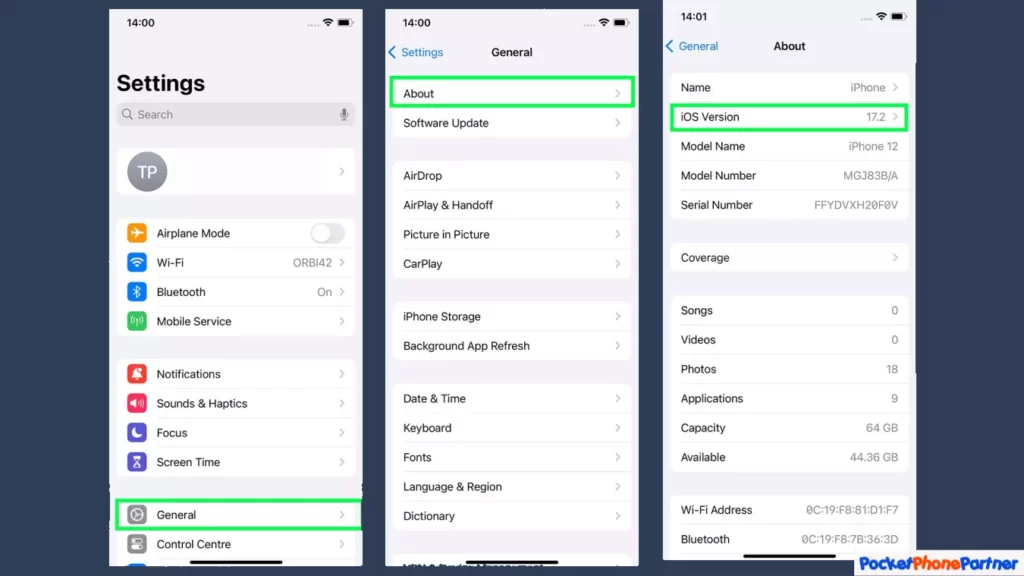
Ensuring that your iPhone is running the latest iOS version is a crucial step in maintaining optimal device performance and security.
With the release of iOS 17.2, Apple introduced new features and improvements, making it essential for users to update their devices promptly.
The following guide provides a step-by-step process to navigate through the update procedure.
Updating to iOS 17.2: Step-by-Step Guide
- Access Settings
- Open the Settings app on your iPhone. This is typically represented by the gear icon on your home screen.
- Navigate to General
- Scroll down and tap on “General” in the Settings menu. This section encompasses various device-related settings.
- Check Software Update
- Within the General settings, locate and tap on “Software Update.” This option allows you to check for and install the latest iOS updates.
- Confirm Update Availability
- The Software Update section will display information about the available updates. If iOS 17.2 or any other update is pending, it will be listed here.
- Install Pending Upgrades
- If an update is available, tap on the option to install it. Follow the on-screen instructions to complete the installation process.
By following these steps, users can ensure that their iPhones are running on the latest iOS version, benefiting from enhanced features, improved security, bug fixes, and optimized performance.
Regularly checking for and installing updates is a proactive measure in maintaining the health and functionality of your iPhone.
Key Features and Highlights
| Enhanced Features▾ |
| • iOS updates often come with new features, improvements, and bug fixes, enhancing the overall functionality and user experience. |
| Security Updates▾ |
| • Regularly updating your iOS version is essential for staying protected against potential security vulnerabilities. Apple addresses and patches security issues in each update to safeguard user data and privacy. |
| Bug Fixes▾ |
| • Updates include fixes for known bugs and issues, contributing to a smoother and more stable performance of your iPhone. |
| Compatibility▾ |
| • Some apps and features may require the latest iOS version to function optimally. Updating ensures that you have access to the latest app versions and compatibility with new features. |
| Performance Optimization▾ |
| • New iOS versions often include optimizations for better device performance, ensuring that your iPhone operates efficiently and responsively. |
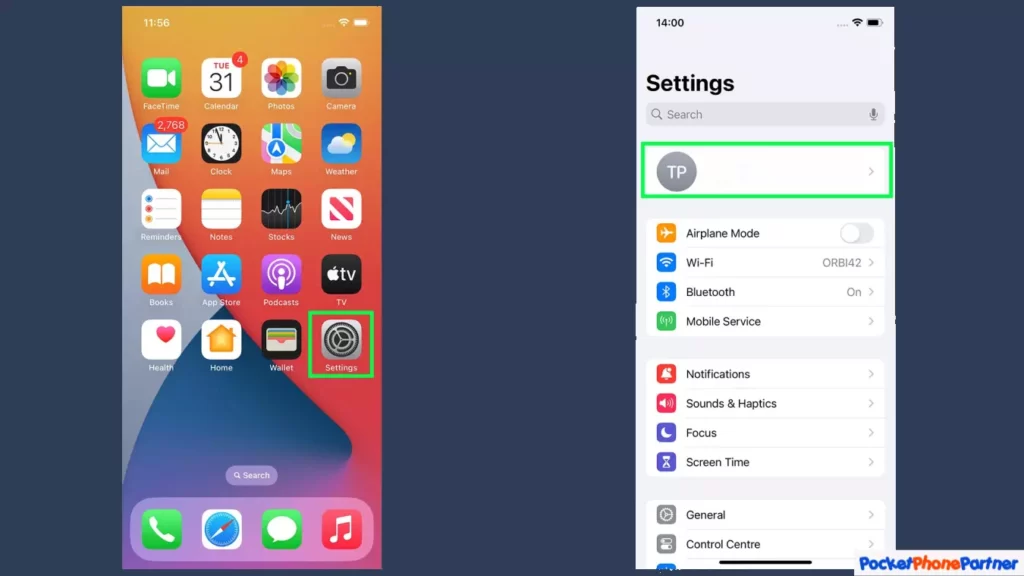
Accessing your Apple ID settings is a fundamental step in managing and customizing various aspects of your Apple device. The Apple ID serves as a centralized hub for personalization, security, and synchronization across multiple Apple services and devices.
This guide outlines the process of reaching the Apple ID settings, ensuring users can efficiently configure their preferences and maintain control over their device ecosystem.
Accessing Apple ID Settings: Step-by-Step Guide
- Open Settings App
- Locate the Settings app on your Apple device. This app, represented by a gear icon, is typically found on the home screen.
- Navigate to Your Name
- Within the Settings app, scroll down and tap on your name. This action directs you to your personal Apple ID settings.
- Explore Apple ID Settings
- Once in the Apple ID settings, users can explore and customize various options, including account information, security settings, device synchronization preferences, payment details, and iCloud management.
- Update Preferences
- Make any necessary updates or changes to your preferences based on your individual needs, ensuring that your device is configured to align with your usage patterns and security requirements.
Accessing the Apple ID settings is a foundational aspect of managing your Apple device, providing a centralized location for user profile management, security configurations, device synchronization, payment details, and iCloud preferences.
Regularly reviewing and updating these settings ensures a personalized and secure user experience across the Apple ecosystem.
Key Features and Highlights
| User Profile Management▾ |
| • The Apple ID settings provide access to your user profile, allowing you to update personal information, including your name, email address, and profile picture. |
| Security and Privacy Settings▾ |
| • Users can configure critical security settings, such as two-factor authentication, password preferences, and privacy controls, within the Apple ID settings to enhance the overall security of their accounts. |
| Device Synchronization▾ |
| • Apple ID settings play a pivotal role in managing the synchronization of data, apps, and preferences across multiple Apple devices linked to the same Apple ID. |
| Payment and Billing▾ |
| • Access to payment and billing information is centralized within the Apple ID settings, streamlining the process of managing payment methods, subscriptions, and purchase history. |
| iCloud Management▾ |
| • Users can control their iCloud storage, backup settings, and app-specific iCloud preferences, ensuring efficient management of cloud-based data. |
3. Locating Contact Key Verification: Strengthening iMessage Security
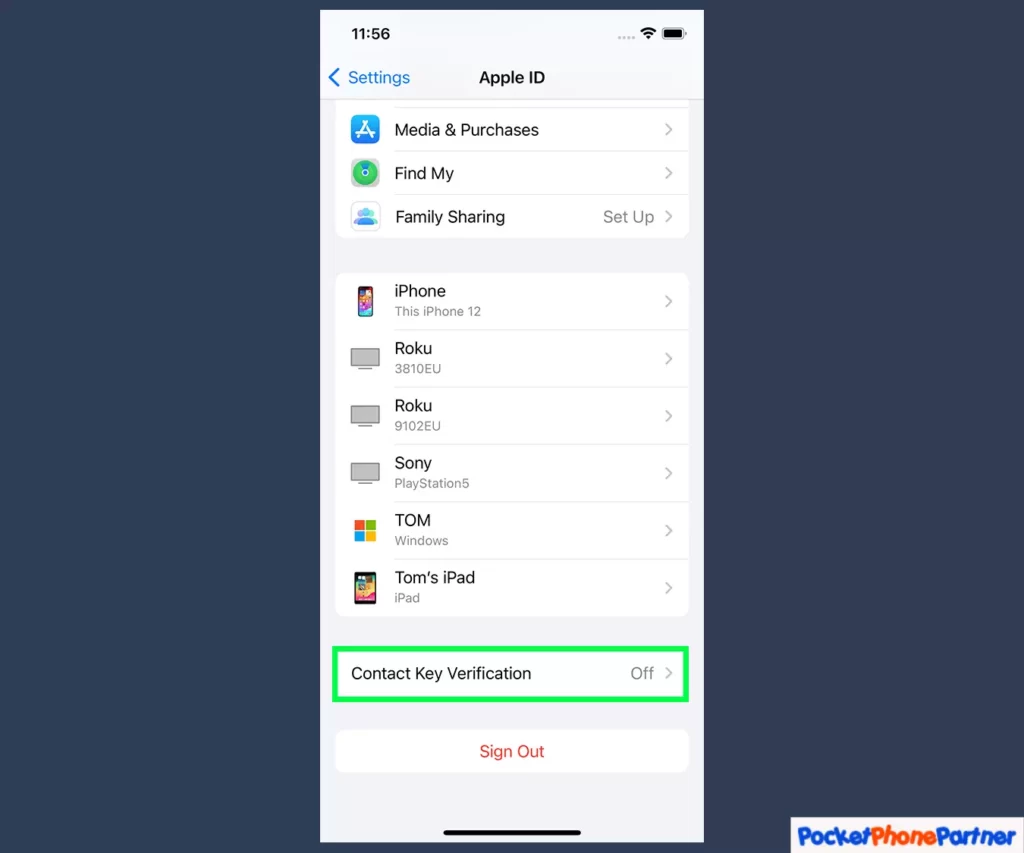
In the pursuit of fortifying iMessage security, the process of locating Contact Key Verification (CKV) within the Apple device’s settings is a pivotal step.
CKV, introduced in iOS 17.2, serves as an opt-in feature offering an additional layer of protection against unauthorized access attempts.
This section guides users through the steps to access CKV, ensuring that they can take advantage of its security benefits effectively.
Locating Contact Key Verification: Step-by-Step Guide
- Access Apple ID Settings
- Open the Settings app on your Apple device.
- Navigate to Your Name
- Within the Settings app, locate and tap on your name at the top of the screen. This action directs you to your Apple ID settings.
- Scroll Down to Contact Key Verification
- As you scroll down within the Apple ID settings page, reach the bottom of the page where you will find the option for Contact Key Verification.
- Tap on Contact Key Verification
- Once you’ve located the Contact Key Verification option, tap on it to access the settings and enable the feature.
By following these steps, users can easily locate Contact Key Verification in their Apple device settings, initiating a proactive security measure for their iMessage accounts.
This process ensures that users have control over their security preferences, enabling them to tailor the level of protection based on their specific needs and concerns.
Key Features and Highlights
| Opt-In Security Feature▾ |
| • CKV is not activated by default, allowing users to opt in based on their individual security preferences. |
| Unauthorized Access Alert▾ |
| • CKV functions as a gatekeeper, providing automatic alerts when an unrecognized device attempts to access the user's iMessage account. |
| Individual Device Verification▾ |
| • Each device linked to the iMessage account receives a unique public verification key, contributing to personalized and robust security. |
| Targeted Protection▾ |
| • While not deemed indispensable for the average user, CKV serves as a critical tool for individuals at a higher risk of targeting, such as politicians, journalists, or human rights activists. |
4. Activating ‘Verification in iMessage’: Strengthening Security Measures
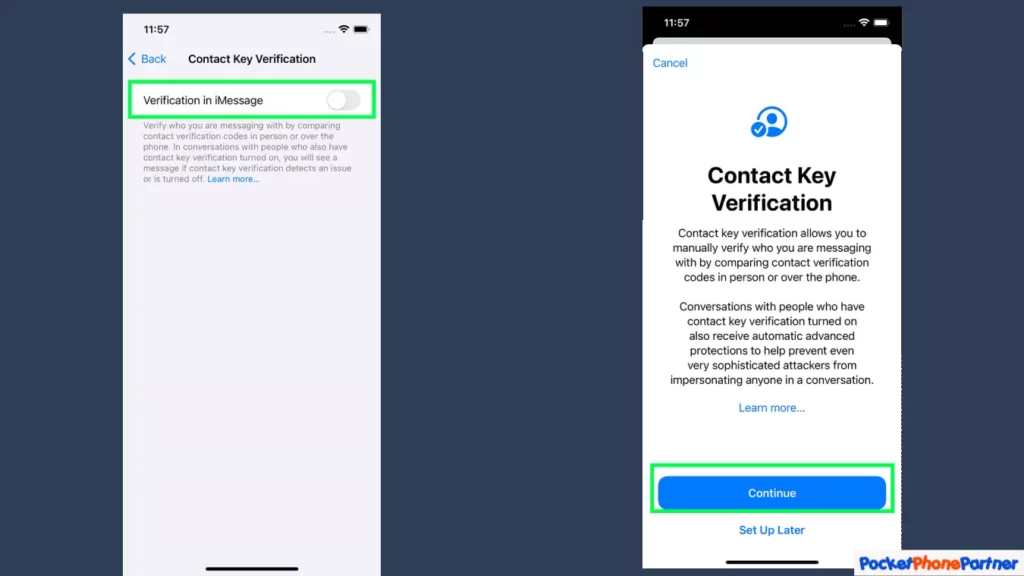
The activation of ‘Verification in iMessage’ is a critical step in leveraging the Contact Key Verification (CKV) feature introduced in iOS 17.2.
This toggle switch, located at the top of the Apple device screen, initiates the configuration process for CKV within iMessage, enhancing the security of private conversations.
The following guide outlines the steps to toggle this setting and underscores its significance in maintaining the integrity of iMessage security.
Activating ‘Verification in iMessage’: Step-by-Step Guide
- Access Contact Key Verification Settings
- Following the steps to locate Contact Key Verification, reach the settings page dedicated to CKV within the Apple ID settings.
- Toggle ‘Verification in iMessage’
- Once in the Contact Key Verification settings, locate the toggle switch for ‘Verification in iMessage’ at the top of the screen.
- Toggle On the Feature
- Activate the feature by toggling the switch to the ‘on’ position, signaling the initiation of Contact Verification within iMessage.
- Tap Continue
- A pop-up prompt appears on the screen. Tap ‘Continue’ to proceed with the Contact Verification setup.
By following these steps, users can effectively activate ‘Verification in iMessage,’ a pivotal action in fortifying the security of their iMessage accounts.
This user-driven process ensures that individuals can tailor the level of protection according to their preferences, enhancing the overall security posture of their messaging environment.
Key Features and Highlights
| User-Initiated Activation▾ |
| • The 'Verification in iMessage' toggle is user-initiated, allowing individuals to choose whether to activate the Contact Key Verification feature based on their security preferences. |
| User-Initiated Activation▾ |
| • The 'Verification in iMessage' toggle is user-initiated, allowing individuals to choose whether to activate the Contact Key Verification feature based on their security preferences. |
| Synchronized Protection▾ |
| • Activation of 'Verification in iMessage' synchronizes with the broader CKV framework, ensuring that the user's iMessage security aligns with the personalized device verification system. |
| User-Friendly Interface▾ |
| • The pop-up prompt that appears post-toggle, prompting the user to tap 'Continue,' reflects a user-friendly interface designed to guide users seamlessly through the Contact Verification setup. |
4a. Ensuring CKV Compatibility Across Apple Devices: A Strategic Approach
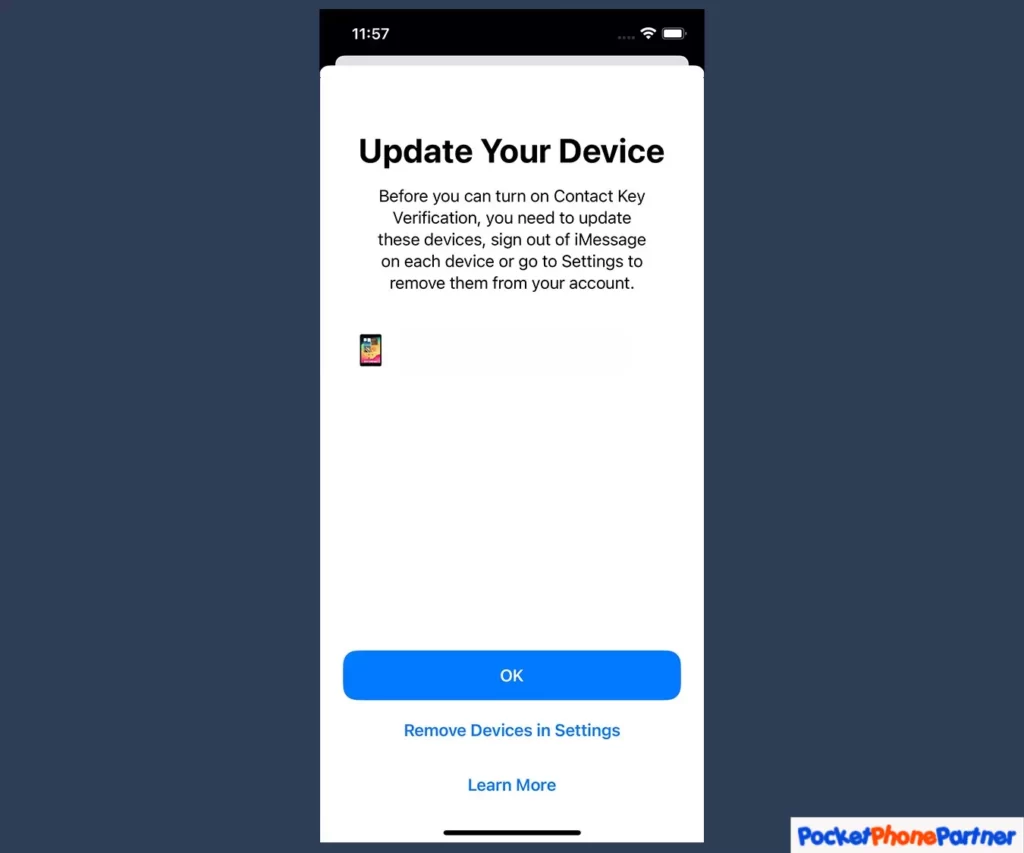
As users activate Contact Key Verification (CKV) within iMessage on their primary device, it’s essential to consider the broader compatibility across multiple Apple devices.
This step involves either updating other connected devices to support CKV or implementing a temporary measure by disabling iMessage on those devices.
This strategic approach ensures a seamless and uniform application of CKV’s security features across the entire Apple ecosystem.
Ensuring CKV Compatibility: Steps to Follow
- Identify Devices Not Supporting CKV
- Assess which Apple devices in your ecosystem do not initially support CKV.
- Update Incompatible Devices
- For devices lacking CKV compatibility, initiate the update process to bring them in line with the latest iOS version, supporting the CKV feature.
- Temporary iMessage Disablement
- If immediate updates are not feasible, temporarily disable iMessage on devices that do not support CKV. This ensures the continued security of iMessage on CKV-enabled devices.
- Regularly Review Device Compatibility
- Periodically check for updates and review the CKV compatibility of connected devices to maintain a consistent security posture.
By taking these steps, users can proactively address CKV compatibility concerns, ensuring that the security benefits of Contact Key Verification are extended uniformly across their Apple device ecosystem.
This strategic approach reflects a commitment to maintaining a robust and cohesive security framework while offering flexibility in managing device-specific considerations.
Key Features and Highlights
| Device Compatibility Consideration▾ |
| • Some Apple devices may not support CKV initially, requiring users to assess and address potential compatibility issues. |
| CKV Synchronization▾ |
| • Enabling CKV across all linked Apple devices ensures synchronized security measures, providing a consistent and comprehensive defense against unauthorized access attempts. |
| Temporary Disablement Option▾ |
| • Disabling iMessage on devices that do not support CKV serves as a temporary solution, allowing users to maintain iMessage functionality on other CKV-compatible devices. |
| Proactive Error Resolution▾ |
| • Encountering an error related to CKV on specific devices prompts users to proactively resolve the issue, fostering a preemptive and vigilant approach to security management. |
5. Sharing Your Public Verification Code: Enhancing Communication Security
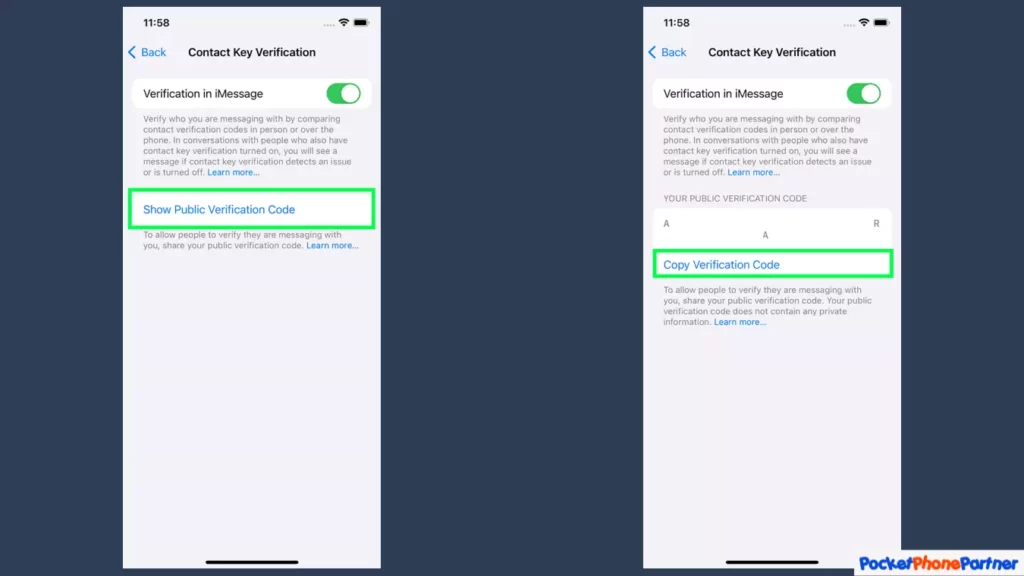
After successfully setting up Contact Key Verification (CKV) for iMessage, the final step involves revealing and copying your unique public verification code.
This code serves as a key element in the CKV security framework, allowing users to share it with their contacts for added assurance of secure communication.
This straightforward process adds an extra layer of security to private conversations and provides users with peace of mind as they navigate the digital landscape.
Revealing and Copying Your Public Verification Code: Steps to Follow
- Access CKV Settings
- Navigate to the CKV settings within the Apple ID settings on your device.
- Show Public Verification Code
- Tap ‘Show Public Verification Code’ to reveal the unique identifier associated with your iMessage account.
- Copy Verification Code
- After revealing the code, select ‘Copy Verification Code’ to store it in your device’s clipboard for easy sharing.
- Share with Contacts
- Use the copied verification code to share it with your trusted contacts, ensuring that they can recognize and verify the authenticity of your iMessage account.
By following these simple steps, users can confidently share their public verification code with contacts, reinforcing the security of their iMessage conversations.
This user-friendly approach to enhancing communication security underscores Apple’s commitment to providing accessible yet robust security features for its users.
Users can now enjoy the assurance of private conversations without the worry of unauthorized access.
Key Features and Highlights
| Public Verification Code Generation▾ |
| • CKV generates a unique public verification code for each user, serving as a distinctive identifier for their iMessage account. |
| User Control▾ |
| • The option to reveal and copy the public verification code puts users in control of their security information, allowing them to decide when and with whom to share it. |
| Shareability▾ |
| • Users can easily share the public verification code with their contacts, establishing a secure communication channel and confirming the authenticity of their iMessage account. |
| Transparent Security Measures▾ |
| • The ability to view and copy the code adds transparency to the security measures implemented, empowering users with knowledge of the specific safeguards in place. |
Conclusion
As we navigate the intricacies of a digital world, taking proactive steps to secure our communication becomes paramount. Apple’s Contact Key Verification is a valuable addition to iOS 17.2, providing an extra layer of defense against potential intruders.
By following this guide, users can easily activate this feature, ensuring that their private messages remain just that—private.
Embrace the power of CKV and communicate with confidence in the secure environment Apple has crafted for you.
Your thoughts are welcome. Feel free to leave any comments below.


